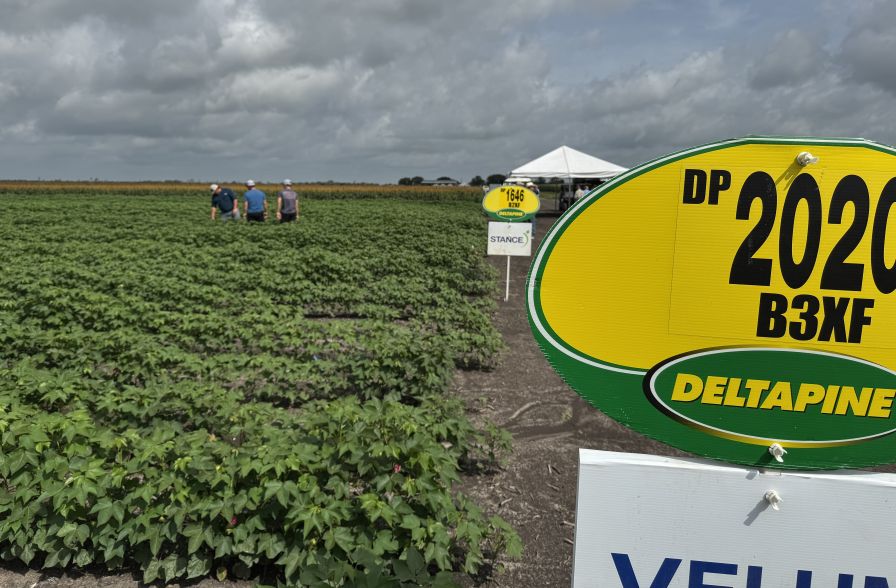Plexus: Cotton Prices Remain Resilient
Perspective New York futures came under light pressure last week, as December dropped 138 points to close at 70.71 cents.
The market is a bit of an enigma at the moment, because there seems to be a disconnect between perception and reality. Although most analysts and commentators still have a rather negative outlook on cotton prices based on a statistical picture that sees global ending stocks rise to a massive 79 million bales, the market is acting remarkably resilient.
What caught our attention in this regard was the latest CFTC spec/hedge report, which showed continued strong trade buying and short covering in the week that ended on October 2. The trade bought nearly 15,000 contracts net futures and options during that week, while large and small speculators took the other side. If we combine that with the 10,998 lots that the trade bought the week before, it amounts to nearly 2.6 million bales in net purchases.
Why was the trade such a strong buyer of futures and options into this price decline, at a time when we typically see a lot of hedge selling as crops are coming in? Some feel that quality concerns prompted traders to cover shorts in the futures market, while others suspect that a large sale to China might be the reason behind it.
So where do we go from here? Based on the rather depressing statistics, cotton should be selling off, but it isn’t! This may be due to quality concerns, as the U.S. crop seems to yield less tenderable grades than usual, which makes it dangerous to be the cheapest high grades short. We consider New York futures to be among the most affordable high grades around the globe at the moment. Maybe the balance of the crop will show some quality improvement, which could lead to renewed pressure, but for now there aren’t too many willing short sellers around as the CFTC report has shown.
Further we need to consider that cotton doesn’t exist in isolation. With grains and soybeans offering more rewarding alternatives next season, how much lower can cotton go, particularly the December 13 contract? If new-crop prices start to bottom out, as we believe, they will in turn act as an anchor to current crop prices. Granted, there is not enough carry on the board yet and current crop prices may therefore slip another 3 or 4 cents in relation to December 13, but eventually this backstop should start to work.









